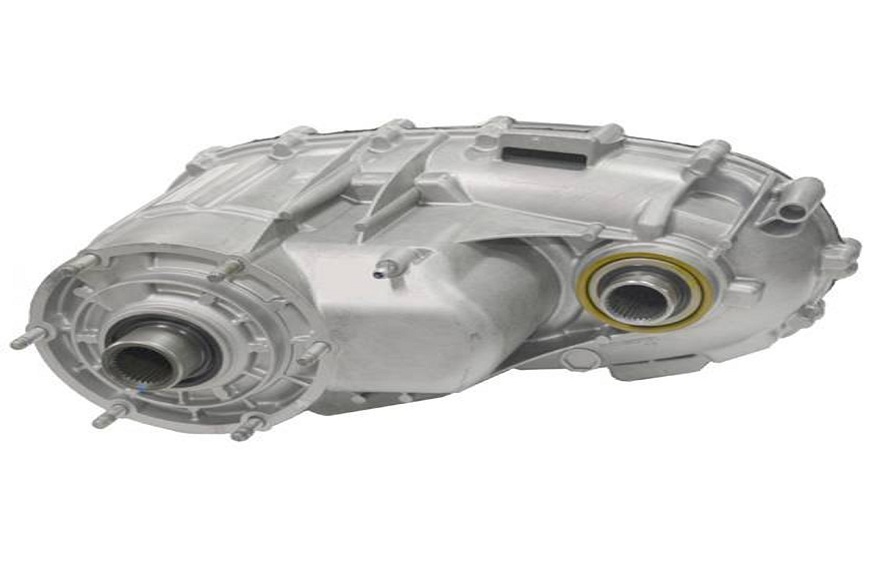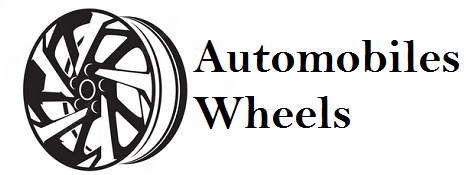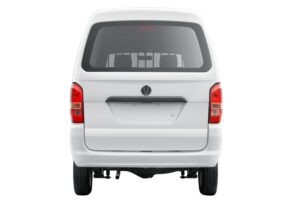What Makes a Remanufactured Transfer Case a Smart Replacement Option

When a vehicle’s drivetrain begins to show signs of stress, particularly with shifting issues, strange noises, or the failure of four-wheel or all-wheel drive engagement, the transfer case often becomes a focus of attention. This critical component distributes power from the transmission to the front and rear axles, and any malfunction can lead to serious performance problems. For many vehicle owners and repair professionals, opting for a remanufactured transfer case presents a cost-effective and reliable solution compared to purchasing a brand-new unit.
Unlike a used part that might be pulled directly from a salvage vehicle, a remanufactured transfer case has undergone a detailed process of disassembly, inspection, and restoration. All worn or damaged components are replaced with new or refurbished ones, and the unit is tested to meet or exceed original equipment standards. This process is performed by experienced technicians who specialize in drivetrain restoration, ensuring the integrity and longevity of the rebuilt part.
The appeal of choosing a remanufactured part lies in its balance of quality and value. While new parts are often significantly more expensive and used parts can be unpredictable, remanufactured units provide peace of mind through a combination of affordability and dependability. In most cases, these parts come with a warranty, adding an extra layer of confidence for vehicle owners and technicians alike.
How the Remanufacturing Process Ensures Reliability
The restoration of a transfer case involves far more than a surface cleaning or simple fix. Each component within the unit is examined under strict standards. Gears, chains, bearings, and seals are either refurbished or replaced depending on their condition. The unit is thoroughly cleaned to remove debris, contaminants, and metal shavings that might have contributed to its initial failure.
In many instances, common design flaws or manufacturing weaknesses found in original models are corrected during the remanufacturing process. This means that a remanufactured transfer case may perform better and last longer than its factory-original counterpart. Improvements could include upgraded materials, redesigned internal parts, or reinforced components that enhance performance under load.
Testing plays a critical role in ensuring that each remanufactured unit functions properly before it ever leaves the facility. This includes pressure testing for leaks, noise testing under simulated driving conditions, and electronic diagnostics when applicable. The goal is to deliver a unit that works as expected, with no surprises once it is installed in the vehicle.
The technicians involved in this work are trained to recognize subtle signs of damage or wear that could lead to future problems. Their attention to detail ensures that the restored unit operates smoothly and matches the specifications required for the vehicle make and model. This level of precision makes the remanufactured option particularly attractive for drivers who need a dependable fix without unnecessary delays or expenses.
Cost Advantages Without Sacrificing Performance
For many vehicle owners, the financial side of repairs can be daunting. When the transfer case fails, replacing it with a new one can be one of the more expensive drivetrain repairs. Choosing a remanufactured transfer case offers substantial cost savings without cutting corners on quality. This is especially beneficial for owners of older vehicles where the cost of a new part may approach or exceed the value of the vehicle itself.
By selecting a remanufactured part, drivers can often cut the replacement cost significantly, all while receiving a product that has been rigorously restored to optimal condition. This option also reduces downtime, as many suppliers stock common models and can ship them quickly, enabling repairs to proceed without long waits for backordered or rare components.
In fleet management and commercial use cases, keeping vehicles on the road is critical for operations and revenue. Downtime translates directly to lost productivity. The availability and affordability of a remanufactured transfer case allow business owners to minimize disruptions and maintain operational efficiency.
There’s also long-term value in choosing this route. Since the transfer case has been professionally rebuilt and tested, it reduces the risk of repeat failures that could result from installing an unverified used unit. The investment not only saves money upfront but helps avoid additional expenses related to labor, towing, or recurring drivetrain issues.
Environmental Benefits of Choosing Remanufactured Components
Vehicle remanufacturing supports sustainability by extending the life cycle of existing parts. The automotive industry generates significant waste each year, and choosing to rebuild rather than replace helps reduce this environmental impact. A remanufactured transfer case diverts material from landfills and minimizes the need for energy-intensive manufacturing of brand-new parts.
The remanufacturing industry has made considerable progress in improving its processes to meet environmental standards. Many facilities adhere to strict disposal protocols for hazardous fluids and employ energy-efficient practices. Recycling usable metals and repurposing components reduces resource consumption and lowers the carbon footprint associated with repairs.
Drivers who are environmentally conscious often prefer repair methods that reduce waste and promote reuse. While the primary concern may be vehicle performance and reliability, the added benefit of reducing environmental harm makes the remanufactured option even more attractive. Auto shops and dealers also recognize the growing interest in sustainable solutions and are more frequently recommending these parts as a responsible repair choice.
Sustainability in vehicle repair is no longer just a niche interest. As consumers and businesses alike prioritize eco-conscious decisions, the demand for remanufactured parts continues to grow. Choosing a remanufactured transfer case supports that movement without requiring any compromise on the vehicle’s functionality or safety.
Installation and Compatibility Considerations
Installing a remanufactured transfer case is typically straightforward for qualified mechanics, especially when the unit has been rebuilt to OEM specifications. Many providers ensure that the part comes pre-filled with fluid and fitted with necessary sensors or switches, reducing installation time and complexity. When matched correctly to the vehicle’s year, make, and model, the part integrates seamlessly with the existing drivetrain.
Compatibility is critical. Working with a reputable supplier helps guarantee that the correct variant is delivered. Transfer cases vary not only by model but also by engine type, drivetrain configuration, and even trim level. Reputable remanufacturers maintain detailed databases and experienced support staff to help verify compatibility before shipment.
Technicians appreciate the consistency of quality that comes from a trusted source. Once installed, a properly remanufactured unit behaves no differently than a brand-new one, delivering the torque distribution and responsiveness that the driver expects. This smooth operation helps restore confidence behind the wheel and ensures safe vehicle handling under a variety of road conditions.
For anyone considering replacement options, it’s wise to weigh the benefits of choosing a remanufactured transfer case. It offers a smart alternative that combines dependable performance with economic and environmental sensibility.






